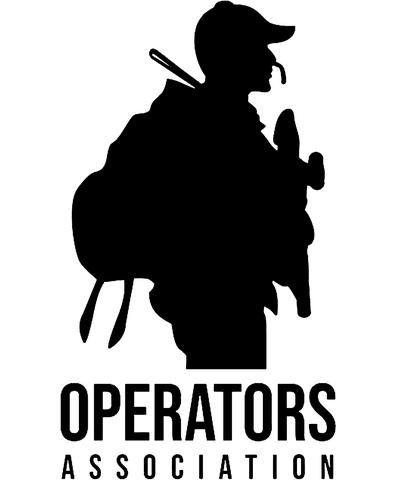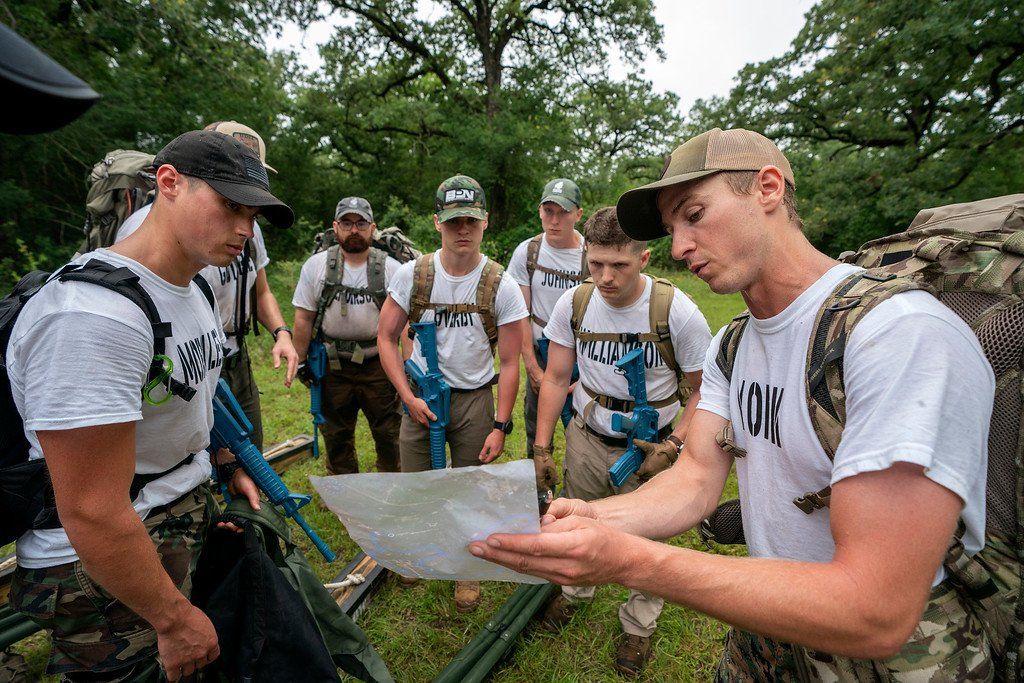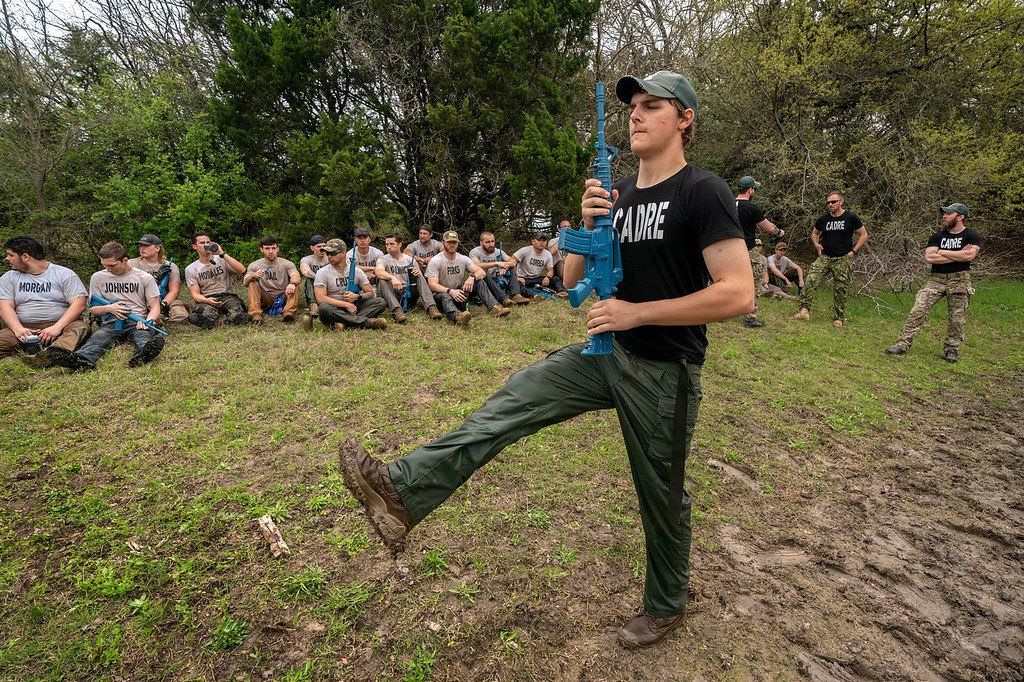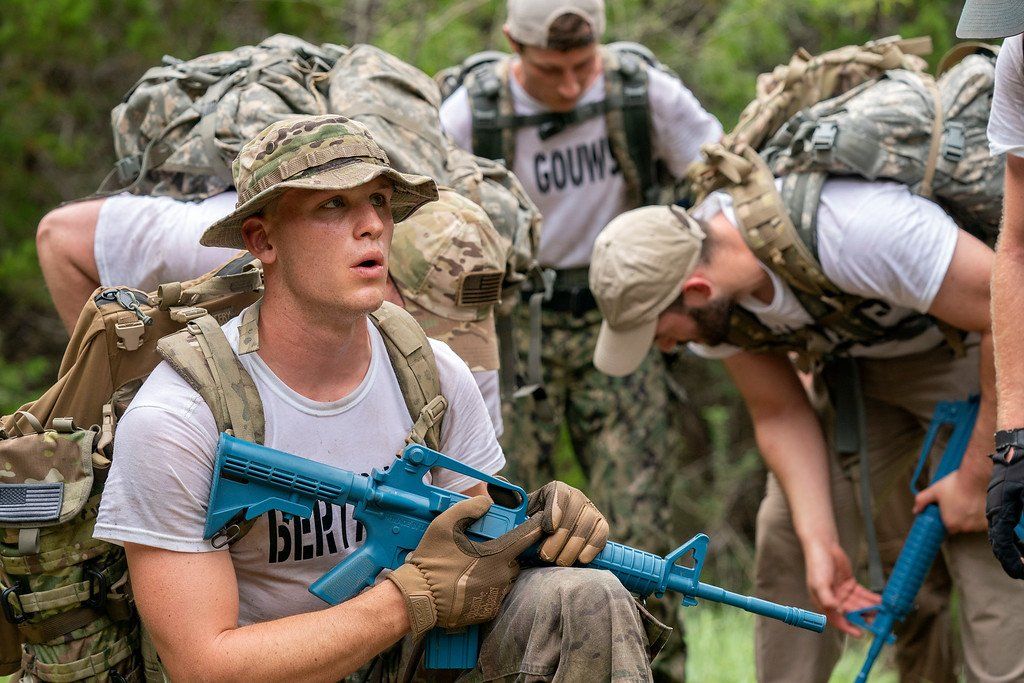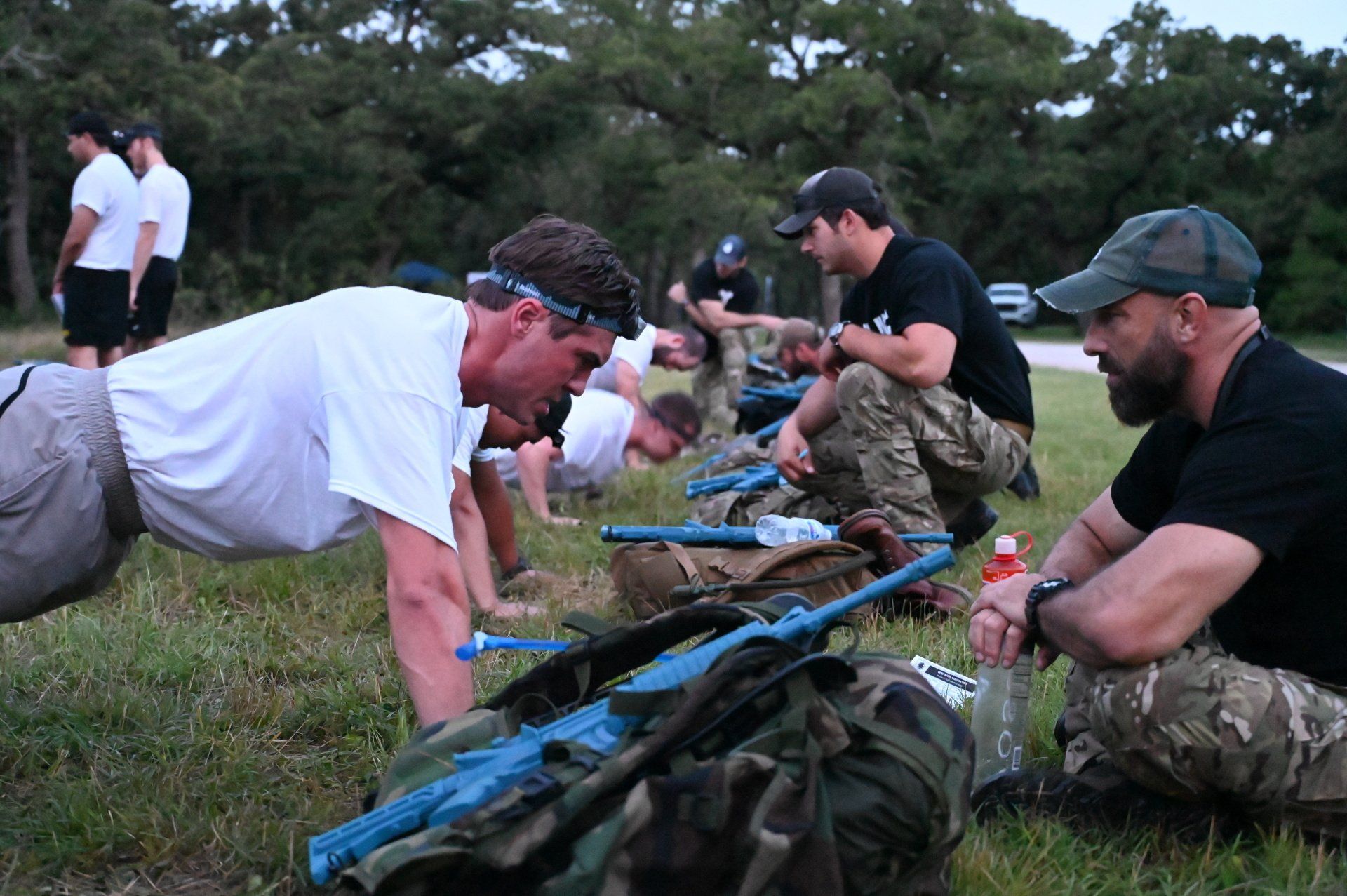5 Exercises That Will Save Your Life
Jul 27, 2021
Not all exercises are equal. These five can save your life.
One of the best determinants for whether or not somebody is a capable person is whether or not they can save their own life. If you are physically incapable, you become a liability to yourself and your team. The military regards physical fitness as a pillar of discipline, efficiency, and capability. Every soldier, sailor, airman, and Marine must be able to save his own life in an emergency scenario.
While you might not be in the forces yet, being physically capable is the key to improving your community and the lives of those around you. Here’s our guide to the five exercises that will save your life in an emergency.
Explosive Push-Ups
Push-ups aren’t just a convenient way for instructors to punish recruits at special forces selection. They are also a fundamental human movement that can help you survive an emergency. Whether you need to lift an object off your chest, shove away an attacker, or get up off the ground quickly, having a powerful and explosive push-up can make the difference between life and death.
Incorporate plyometric push-ups into your regular workout routine, and you will almost immediately experience an increase in your strength and explosiveness. Once you start getting proficient with push-ups, you can use a weighted vest to make them extra challenging!
Interval Runs
Getting away from (or running towards) a threat requires you to have a blend of fast-paced explosive movement and medium-paced endurance running abilities. For the initial escape, you need to be able to sprint at least 100m. Then, if the threat persists, you should be able to continue running at an athletic pace for at least a mile. If you’re exhausted after a 100m sprint, your chances of survival decrease significantly. If you want to have the ability to save your own life, you must be an adaptable runner.
The best way to train your running adaptability is by doing interval runs. By mixing fast jogging with full-speed sprinting, you combine aerobic and anaerobic exercise to supercharge your conditioning. A great exercise that you can implement at any rectangular field is to jog the long touchline and sprint the shorter baseline. At first, the drill feels easy, but it quickly becomes grueling as you begin to fatigue. Repeat this exercise for five laps to get one of the most demanding conditioning training sessions possible.
Swim Training
The ability to swim is fundamental for being a capable human being. If you can’t stay afloat or move around in the water, you become a liability to yourself and those around you. These days, almost everyone can swim to some degree. But if you want to save your own life, you must train your swimming skills regularly.
Incorporate swim training into your regular exercise routine. Not only does it help you become more comfortable and capable in the water, but swimming also comes with a wide range of benefits like increased lung capacity, cardio, joint strength, and recovery. Check out our How to Swim Like a Navy SEAL
guide
for some workouts that you can implement at your next swim training!
Pull Ups
Being able to lift your body weight with your arms can save your life. Whether you need to quickly get over a wall or save yourself from a fall, having grip and muscle strength is a must-have skill.
The best way to train this critical aspect of saving your own life is by training pull-ups. They are easy to add to any routine and require minimal equipment. The only true way to train your pull-ups is by doing them. But if you aren’t able to do a pull-up just yet, you can start by doing negatives (jump to the top of your movement and slowly lower yourself back down). Pull-up standards in most military groups are between 6 – 15 pull-ups without any additional weight. As you begin reaching these numbers, you can start incorporating weighted training by putting on a plate carrier, weighted vest, or pull-up weight belt. Not only will doing pull-ups develop and strengthen the back muscles that are critical for your stability and posture, but they will also improve your grip strength and callous your hands – making you tougher and more robust.
Box Jumps
Jumping and explosive movement is key for surviving almost any emergency situation. From vaulting over obstacles to taking down a threat, having strong, explosive legs can make or break your chances of survival. Incorporating explosive movements into your regular training routine is crucial if you want to develop the stability, agility, and strength you need to react at a moment’s notice.
While there are many ways to train explosiveness, plyometric box jumps are one of the best. Box jump exercises are excellent at teaching your body how to explode from a standstill and also force you to stabilize and balance upon landing. An additional benefit is that box jump exercises can be continuously scaled by getting a higher box, adding weight to your body, or doing a variation of the exercise – like a single leg box jump! Incorporate box jumps into your regular training routine and everything from your sprint acceleration to your squat strength will start improving.
Being physically strong is critical to surviving an emergency scenario, but so is being mentally fit and equipped with the knowledge you need to stay alive. The best way to obtain this knowledge is by joining a community of disciplined and accountable future, current, and retired special forces operators.
By becoming an OA Aspiring Operator, you get instant access to weekly exclusive podcasts, a 900+ member community, a private accountability group, and much more. If you want to become an operator and you’re not a member of Operators Association, you are putting your goals in jeopardy. Click here to check out our membership packages
and unlock your exclusive OA content!
